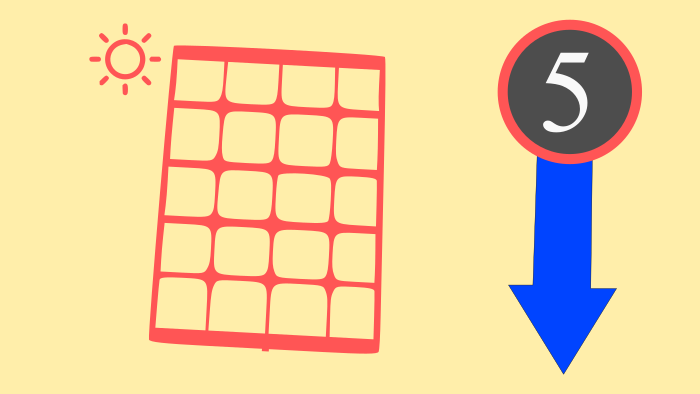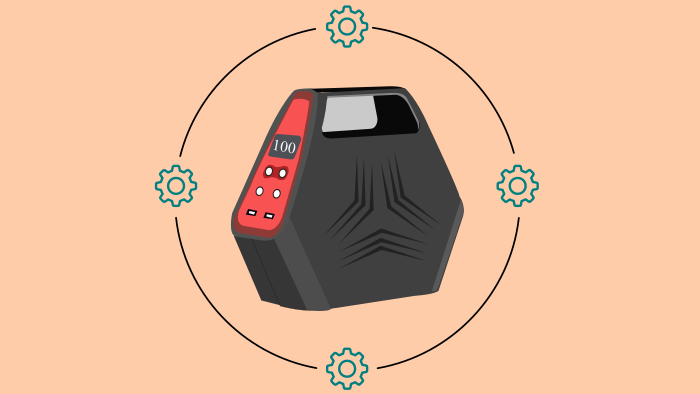A parallel kit is used to combine two or more generators to double the power output. It is always connected in a parallel, and the purpose of this article is to understand why this is so.
A generator is always connected in a parallel way because in parallel it offers several benefits, including flexibility in power output, as other generators can provide power if one fails or needs maintenance.
Further, this article discusses in detail the benefits of connecting generators in parallel, and the working principle of parallel kits.
Why parallel
Connecting generators in parallel provides increased power output, flexibility, and redundancy, making it a preferred method for many power generation systems.
Flexibility
One of the main reasons why generators are typically connected in parallel is because it allows for flexibility in power output. If one generator fails or needs to be taken offline for maintenance, the other generators can continue to provide power without interruption. In addition, when there is a sudden increase in power demand, the generators can respond quickly by increasing their output.
Equal Load Sharing
The parallel connection also ensures that the load is shared between the generators. This means that no one generator is overloaded while others are underutilized. This balance helps to ensure that the generators operate at their most efficient point and reduces the risk of damage due to overloading.
Reduce the Risk Of Power Failure
Another reason for connecting generators in parallel is that it allows for redundancy. If one generator fails, the other generators can continue to provide power, ensuring that critical systems remain operational.
Working Principle
Parallel kit works by connecting each generator to the parallel kit with parallel cables consisting of at least three wires.
The parallel kit’s control system monitors the voltage, frequency, power demand, and load on each generator, synchronizes them to produce power in phase, and adjusts the load sharing between them accordingly.
The power produced by the connected generators is combined and sent to the load through a common output, providing a higher power capacity than a single generator.
The parallel kit’s control system also provides various functions, such as starting and stopping the generators, setting the load-sharing ratio, and monitoring the power quality and status of the generators.
Conclusion
A generator is always connected in a parallel way because in parallel it offers several benefits, including flexibility in power output, as other generators can provide power if one fails or needs maintenance.


